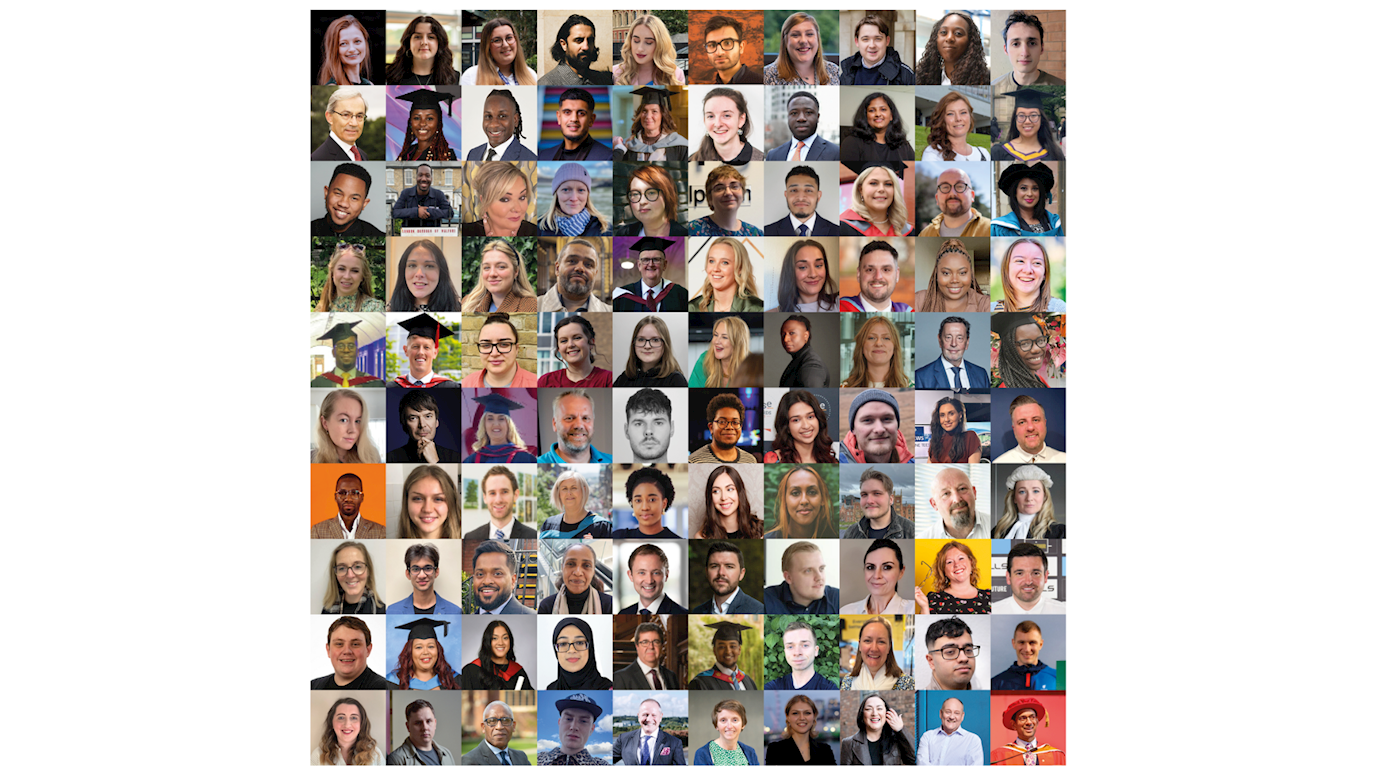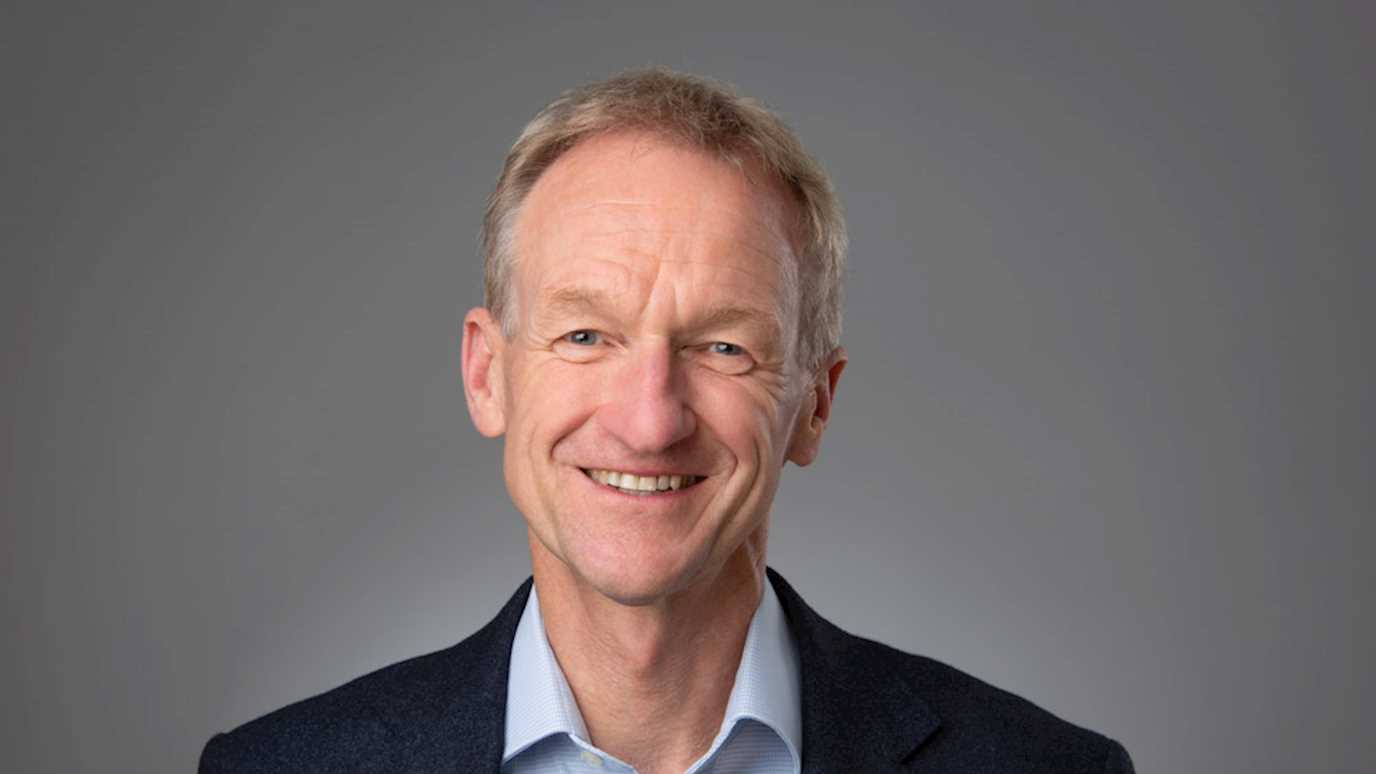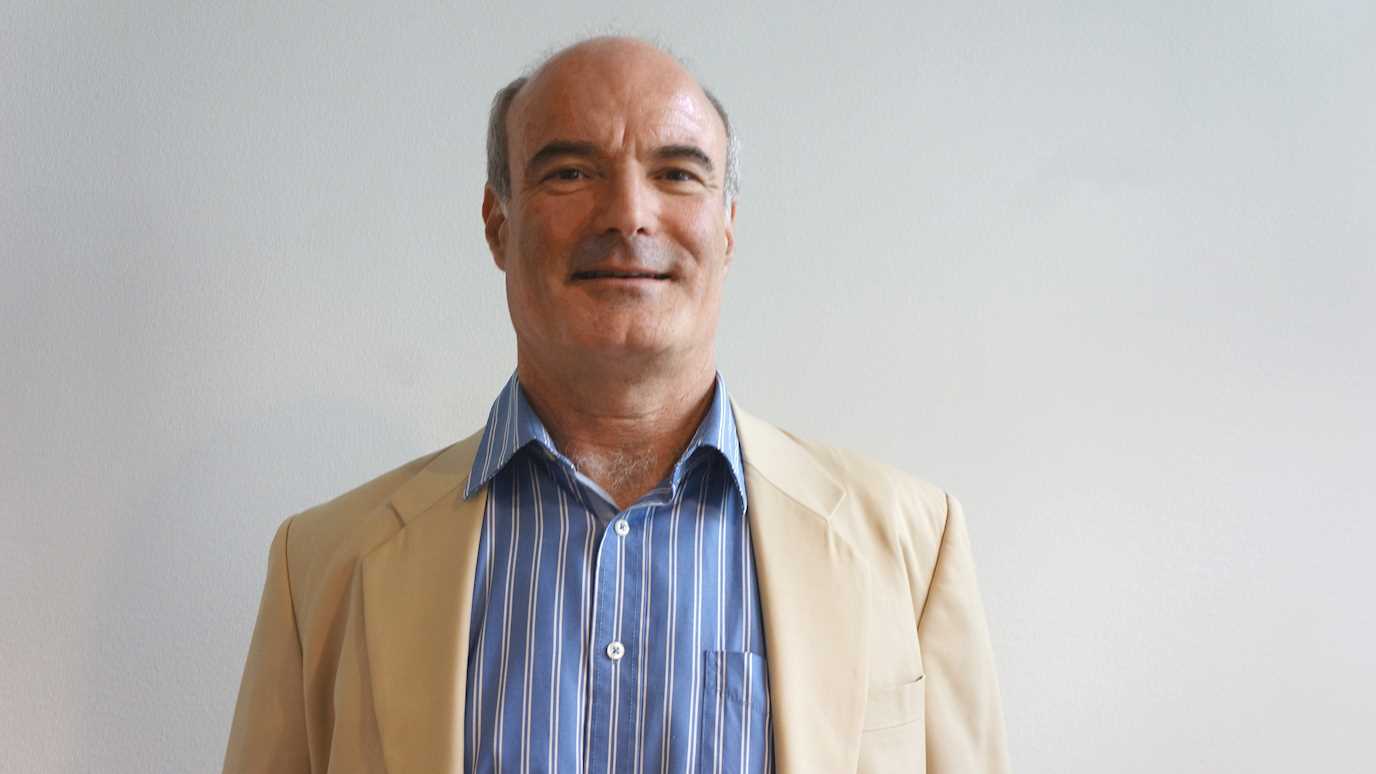A new study on the role of touch and gaze in sexual pleasure, by Bangor University and Royal Holloway found that we instigate a mirroring-move during sexual interactions by touching our partners where we want to be touched.

This effect has been termed as the ‘Erogenous Mirror’, which reveals that we like to touch the areas of our partners’ bodies that mirror the parts of our own bodies that we ourselves enjoy having touched.
The study, published in Archives of Sexual Behaviour, shows how during sexual interactions, we treat the other person’s body like our own, and the boundaries between self and partner are blurred.
In the past, gaining pleasure from the act of touching and looking during sexual interactions has largely been ignored in academic studies. This study has now questioned how people liked to look and touch in a sexual relationship.
A large sample of individuals, representing a wide range of ages, genders and sexual orientations, completed a questionnaire asking them to rate arousal levels of different body parts in a number of different scenarios; when they touched, and were touched by, a partner; and when they looked at, or were looked at by, their partner.
Dr Lara Maister, from the School of Psychology at Bangor University, lead author of the study, said: “We found that people show a very clear mirroring in their preferences for different body parts; they enjoyed touching areas on their partner’s bodies that matched the areas that they specifically liked to be touched on their own bodies.
“This even applied to the ‘quirky’ places, such as the ears; if you enjoy having your ears touched, you are more likely to enjoy touching your partner’s ears too.”
The researchers discovered a strong correlation between touch and gaze ratings; the parts of the body that people liked to be touched on aligned closely to those that they like to be looked at.
Professor Manos Tsakiris, from the Department of Psychology at Royal Holloway, added: “Looking or gazing is a big part of sexual interaction, and when our partner looks at a certain part of our bodies, we may anticipate and imagine being touched there.
“It suggests that gaze and the anticipation of touch plays an important role in sexual interactions.”
There were also some striking differences between men and women. The results showed that men find overtly sexual areas, such as the genitals and nipples, more arousing on their partners’ bodies than their own; in other words, they prefer to touch and look at their partner’s body than be touched and looked at themselves.
For these areas, in contrast, women reported they generally found it more arousing for their own bodies to be touched than to touch their partner’s.
The research also found differences between men and women in the ‘mutual pleasure index’; a score which maps whether the arousal we get touching an area of our partner’s body is higher, lower, or similar to the arousal felt by the partner when we touch them on that same area. It can tell us how, at a group level, our preference for touching our partner’s body parts aligns with where they like us to touch them.
For a subset of the sample, who were heterosexual (82% of the respondents), men on average had a higher mutual pleasure score than women; they showed higher alignment between where they liked to touch women and where women liked to be touched. Women, on average, showed a lower alignment between where they liked to touch men and where men liked to be touched.
In other words, men tended to enjoy touching women’s bodies in places where women also enjoyed being touched. In contrast, the areas of a man’s body that women liked to touch did not necessarily match up with men’s own preferences.
For the heterosexual respondents, although men showed an overall higher alignment with women than vice versa, these intriguing gender differences in the ‘mutual pleasure index’ differed across body parts.
For example, men gained more enjoyment from touching women’s breasts and bottoms, and less enjoyment from touching sensual areas such as the nape of the neck and shoulders, than women typically did from being touched in those areas.
When women touched men, a different pattern emerged. When women touched men’s chests and upper arms, they reported more arousal than the men did during the experience; conversely, they reported less arousal than men when they touched his feet and legs.
The differences between men and women in the heterosexual subset of the sample were also found whilst looking at a partner, as well as touching them.
When men looked into a woman’s eyes, this glance increased women’s arousal levels much more strongly than it did the man. Conversely, men were highly aroused when a woman gazed at his genitals, but women conversely did not find them so arousing to look at.
Lara explained: “These results teach us about the mutuality and reciprocity of sexual interaction; how partners align with regards to what areas of their partner’s bodies they enjoy touching and looking at, versus what areas their partner likes them to focus on.
“For heterosexuals, finding that the preferences of men, on average, were more aligned to women’s preferences than vice versa, was intriguing, but may be explained from an evolutionary perspective.”
Overall, this study reveals that, when it comes to caressing and gazing during sexual interactions, we may treat our partner’s bodies as mirrors of our own desires. It also highlights intriguing similarities and differences between men and women when it comes to the arousal elicited by touching and looking at different parts of the body.
Through the calculation of a mutual pleasure index, the study further shows that whether partners are well-matched in terms of arousal when one touches the other depended on several things, including our gender, sexual orientations, and which body parts are being focussed on.
























